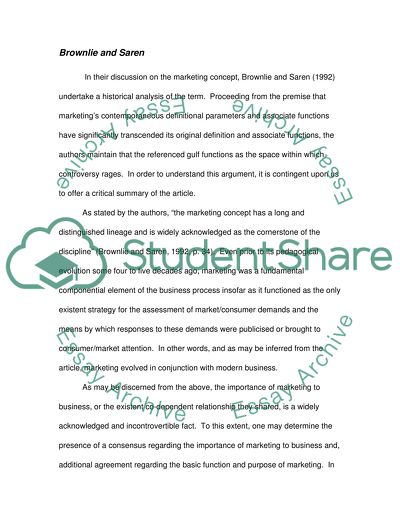Cite this document
(Relationship Marketing Theory Literature review, n.d.)
Relationship Marketing Theory Literature review. Retrieved from https://studentshare.org/marketing/1529032-development-of-the-marketing-concept
Relationship Marketing Theory Literature review. Retrieved from https://studentshare.org/marketing/1529032-development-of-the-marketing-concept
(Relationship Marketing Theory Literature Review)
Relationship Marketing Theory Literature Review. https://studentshare.org/marketing/1529032-development-of-the-marketing-concept.
Relationship Marketing Theory Literature Review. https://studentshare.org/marketing/1529032-development-of-the-marketing-concept.
“Relationship Marketing Theory Literature Review”, n.d. https://studentshare.org/marketing/1529032-development-of-the-marketing-concept.


